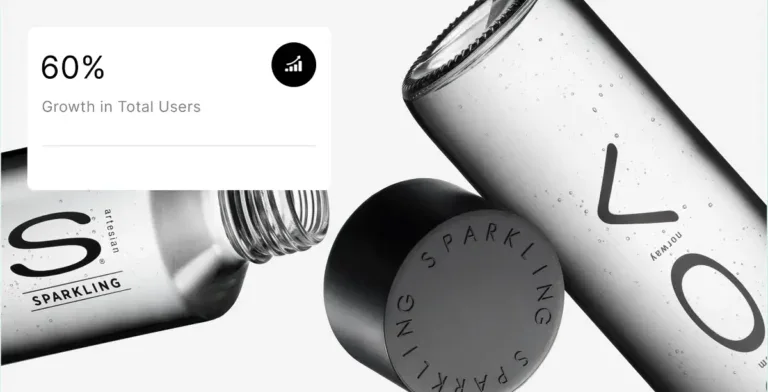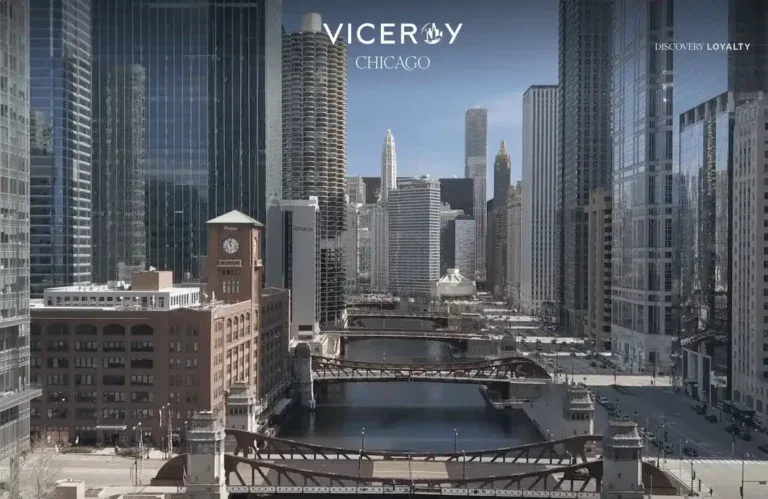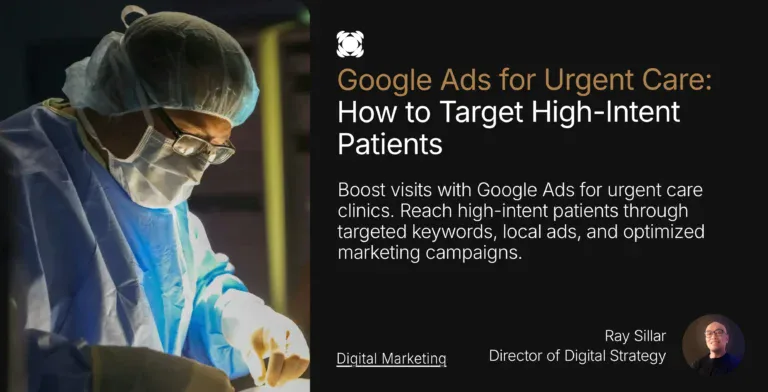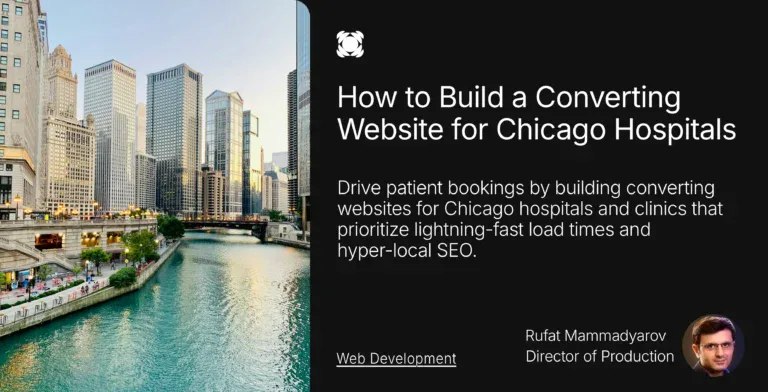Did you know that 75% of a business credibility is based on its website alone? This means that having an exceptional website is mandatory now.
B2B website redesign timelines in Los Angeles catch businesses off guard more often than you’d expect. Websites take about 25 days to build.
However, delays often begin before the design phase starts. This gap between your expectations and reality can completely derail your business plans.
Many companies in Los Angeles overlook this: B2B website redesigns take 4-6 months from start to finish. Still, many companies underestimate this timeframe entirely.
Since 82% of B2B businesses sell through their websites, any delay can hurt your revenue goals. Your redesign timeline is crucial because the average website lasts only 2.5 years.

Website overhauls can take different times. Simpler projects may take about 6 weeks. But complex enterprise solutions can take up to 6 months. B2B redesigns go through three main phases.
Each phase builds on the last. This process creates an effective digital presence.
If you have a B2B company with various teams and many stakeholders, grasping these factors early can help you sidestep delays down the line.
This guide will walk you through realistic timelines for B2B website redesigns in Los Angeles. We’ll discuss common reasons for delays. Then, we’ll look at how new technologies are changing things.
Finally, we’ll share practical tips to help keep your project on track.
Want to redesign your website but don’t know where to start? We can help.
The Web Design Landscape in Los Angeles
Los Angeles has grown beyond its Hollywood image. It now hosts a lively digital ecosystem. Here, B2B website redesigns show distinct trends. The city now ranks as one of the most competitive B2B markets, particularly in tech and enterprise services sectors.
Growth of B2B digital strategy in LA
The B2B digital scene in Los Angeles has changed a lot. Marketers are adjusting to economic shifts and using new technologies. Many companies in LA now focus on B2B marketing. They aim to match products or services to specific business needs. They do this instead of targeting individual consumers.
Los Angeles B2B redesigns usually take 14 to 26 weeks. The time can change depending on complexity, stakeholder input, and branding needs. This timeline shows the complex needs of B2B clients. They want websites that can generate qualified leads and work with complicated business systems. This is especially true for web redesigns for manufacturing companies who need complex pages and product listings.
The shift toward digital-first interactions continues driving investment in faster, high-performance website experiences. 61% of B2B buyers now choose digital interactions instead of traditional sales channels. This change pushes LA businesses to invest in platforms that handle complex B2B relationships and provide consumer-grade experiences.
Why LA is a hub for web design talent
Los Angeles is now a key hub for modern web development companies. Here’s why this is important for your redesign timeline:
- Creative ecosystem – The city’s vibrant creative industries, such as entertainment, media, and fashion, set high design standards. These standards inspire web developers and improve their digital work. This means you get better design quality, but it also means developers here won’t settle for mediocre work.
- Silicon Beach development – This tech corridor goes from Santa Monica to Playa Vista. It attracts major companies like Google and Snap Inc. This helps build a thriving tech ecosystem. Developers here can tap into emerging technologies. The downside? High demand often means longer booking times.
- Educational powerhouses – Fresh talent brings innovative approaches but sometimes lack experience with complex B2B requirements.
- Industry diversity – The city has a mix of industries. This gives developers experience in many areas, like entertainment, healthcare, e-commerce, and real estate. This breadth of experience proves invaluable for B2B projects requiring industry-specific knowledge.
Companies in Los Angeles have a strong talent pool. This makes the city skilled in B2B website development. They create sites that are visually appealing but also good at generating leads.
The best web design companies in Los Angeles charge about $111 an hour. This rate shows the high level of skill in this market.
How local trends influence redesign timelines
Local trends greatly affect B2B website redesign timelines in Los Angeles. Knowing these patterns helps set realistic expectations. The city prioritizes user-focused design due to its entertainment roots.
This often leads to more time for user experience research and testing. Websites must capture attention quickly while delivering substance—a balance that requires careful planning.
LA’s highly competitive industries demand websites that stand out visually while performing technically. This dual requirement can make development phases longer.
UI design usually lasts 4-5 weeks, while development typically takes 6-8 weeks. Businesses in Los Angeles must consider extra timelines. The city’s diverse cultures may need multilingual development. This can lengthen project schedules.
The rise of AI platforms and marketing automation is affecting how quickly B2B websites in Los Angeles are expected to launch. These technologies can boost efficiency in the long run.
However, they often need more development time at first. Many forward-thinking LA businesses are willing to make this trade-off.
Want to learn more about web design? Explore this web design case study of one of our past clients, Deep 6 AI.
Average B2B Website Redesign Timelines
Timelines for B2B website redesigns in Los Angeles can vary a lot. They depend on factors like company size, project complexity, and business goals. Understanding these timeframes helps you plan effectively and set proper expectations with stakeholders.
Small to mid-sized B2B sites: 2–3 months
B2B companies that are moving beyond basic templates usually take 2 to 3 months. This timeframe works perfectly for organizations ready to scale their digital presence without completely overhauling their brand identity.
Your redesign during this period typically includes:
- Transition to a headless CMS for greater flexibility.
- Complete content migration from old platforms.
- Development of a modular design system for future scaling.
Small to mid-sized B2B redesigns usually move faster than enterprise ones. This happens because fewer stakeholders need to approve changes. Content creation is a key bottleneck.
If you don’t prepare your content before the redesign, your timeline will likely exceed 3 months.
These projects require dedicated time from your team. Companies that allocate enough internal resources stick to timelines better. This is true compared to those that treat redesigns as side projects.
Enterprise-level redesigns: 4–6 months
Enterprise B2B website redesigns typically require 4-6 months from kick-off to launch. This timeline shows how complex it is to create advanced digital platforms. These platforms must meet many business goals at the same time.
Enterprise redesigns commonly include:
- 30+ page websites with specialized sections for different divisions.
- Localization support for global operations.
- Complex governance controls for multiple stakeholders.
- Accessibility and compliance standards implementation
These projects demand more extensive planning phases. Reliable data shows that big IT projects, like major website builds, take 46% longer than planned. This statistic underscores the importance of building buffer time into enterprise timelines.
The breakdown for enterprise projects generally follows this pattern:
- Discovery & Research: 2–3 weeks.
- Sitemap, Wireframes, & UX: 3-4 weeks.
- UI Design: 4–5 weeks.
- Development: 6–8 weeks.
- QA, Optimization & Launch: 1–3 weeks.
Enterprise timelines can grow a lot when you add content creation, multilingual website development, or a full rebrand.
Quick-launch MVPs: 6–8 weeks
For startups or campaign-driven teams, a 6-8 week timeline offers the fastest path to market. With how fast the California startup industry is, this is a perfect way to keep up.
This quick method aims to build a Minimum Viable Product (MVP) website. It includes the key website features needed and doesn’t wait for everything to be perfect.
The quick-launch approach typically delivers:
- 5-10 key pages covering core business offerings.
- Refined user experience focused on primary conversion paths.
- Lightweight modular system built on a flexible CMS.
- Foundation for continuous iteration post-launch.
This strategy is great for startups with few resources. It helps them launch quickly and change their messaging often based on market feedback.
Instead of waiting for the “perfect” website, the MVP approach lets you test concepts with real users faster.
Organizations using Growth-Driven Design (GDD) can launch websites in just 4 weeks. They can then refine the site based on real user data. This method is especially useful in the fast-changing Los Angeles market.
Here, digital trends shift quickly.
The quick-launch approach isn’t about cutting corners—it’s about strategic prioritization. Focus on core functionality first, and you’ll get to market faster while establishing a foundation for future growth.
What Causes Delays in LA-Based Redesigns
Behind every delayed B2B website redesign in Los Angeles lies a web of internal challenges that most teams don’t see coming. These issues often remain hidden until they’ve already derailed your timeline.
Knowing these common pitfalls helps you keep your project on track before issues get too big.
Stakeholder misalignment
Stakeholder misalignment is a major, often ignored reason for website redesign delays.
In most B2B redesigns, the creative team usually doesn’t cause slowdowns. Instead, the real issues often arise from decision processes. This is especially true when roles change or priorities conflict between departments.
This misalignment shows up in predictable ways:
- Too many decision-makers are providing conflicting feedback and extending approval cycles beyond expectations.
- Siloed teams who do not recognize website performance as a shared priority.
- Late-stage executive involvement from leaders who weren’t properly consulted early in the process.
- No clear project lead – failure to establish a small, marketing-focused core team to guide the project consistently.
When different departments have their own priorities for the redesign, the project can get off track.
Conflicting goals can lead to confusion and setbacks. The challenge grows when some minor stakeholders speak up. Their noise can disrupt the whole project’s priorities.
Content creation bottlenecks
Content consistently ranks as one of the primary causes of B2B website redesign delays in Los Angeles. If you don’t prepare content before the redesign, your timeline will likely extend beyond what you planned.
The challenge stems from a significant gap between content demand and production capacity. Only 8% of B2B marketers report that their content projects move along efficiently.
When content needs to go through several steps before it’s published, it slows down a lot. This includes technical validation, legal review, and editorial approval.
The quality assurance stage often creates another content-related bottleneck. This phase should focus on testing functionality and performance—not content revisions.
If content isn’t finalized now, it can lead to big delays later.
Legal and compliance reviews
Late legal and security reviews in the redesign process often cause major timeline delays.
For B2B companies in Los Angeles, reviews can lead to unexpected technical issues. These problems waste time and can cause missed deadlines as teams rush to fix things during a project.
Timing these reviews is crucial for companies with complex compliance needs.
If your team doesn’t identify who will be responsible for final sign-off early in the process, delays can quickly stall progress.
Scope creep and mid-project pivots.
Scope creep is when project requirements slowly expand. This is a common reason for timeline delays in redesigns based in LA. Small changes may seem minor at first.
However, they can add many hours to the whole project.
This problem often arises when clients notice features on competitors’ sites. They quickly want to add those features to their own.
VC-backed startups in Los Angeles often change direction during projects. This leads to brand or messaging changes that can delay timelines a lot.
Adding three pages during development can add over 50 hours to your project. This change can also raise costs and delay timelines. What started as a simple project can quickly become complex and delayed.
The PMI reported that 34% of projects globally were impacted by scope creep, with only 55% completed on time . These stats show a clear link. Effective scope management helps you launch on time.
How AI and Automation Are Changing Timelines
The AI revolution has dramatically altered the landscape for B2B website redesigns across Los Angeles.
Companies are now incorporating artificial intelligence into their digital projects. This leads to new opportunities and challenges for traditional timelines.
But does AI actually speed up your redesign process?
It depends on the industry. For example, for a manufacturing company like TIANMA America, it helps them organize their product listing in a more efficient manner.
Faster content generation with AI tools
B2B companies throughout Los Angeles increasingly turn to AI for content creation. These tools minimize one of the most persistent bottlenecks in website redesigns. Marketing teams use tools like Jasper, Writesonic, and ChatGPT. They create blog outlines, case studies, and product descriptions quickly. This saves a lot of time compared to traditional methods.
For B2B companies with complex services, AI content tools are very helpful. They can quickly draft technical specs, use industry terms, and compare features.
Many agencies now use AI for tasks like planning, brainstorming, summarizing documents, and creating newsletters. These tasks once took days to complete.
We’ve noticed that content creation, which used to be a major timeline killer, now moves much faster with AI assistance.
Design automation and prototyping
The design phase has traditionally consumed significant portions of redesign timelines. AI-powered design tools now change this process entirely. Eighty-three percent of brands now use AI to enhance user experience, while 30% of B2B businesses specifically use AI for website design.
Relume helps designers quickly create sitemaps, wireframes, and style guides. This tool cuts hours of work down to just minutes. Uizard turns hand-drawn sketches into interactive digital prototypes. This cuts out long design phases. These capabilities let B2B companies explore many design directions at the same time, not just one after another.
Adobe Sensei and similar platforms create attractive prototypes in seconds. This allows designers to try out different variations before settling on a final concept.
As a result, the prototyping phase – once spanning weeks – often compresses into days.
Where human review still slows things down
Despite production acceleration, human oversight remains necessary throughout the process. Faster outputs still require brand, legal, and UX oversight, creating new bottlenecks even as production speeds up.
79% of businesses use AI for their websites.
But many find that adding new AI tools takes extra time for onboarding, testing, and training stakeholders. First-time AI users often don’t realize how much work it takes to get AI content right. It can miss the brand voice or technical details.
The reality? AI speeds up creation but does not eliminate the need for human judgment. Smart teams plan for both.
Best Practices to Stay on Schedule
Successful B2B website redesigns need careful planning. This helps avoid the common delays seen in Los Angeles projects.
We’ve seen too many companies get caught off guard by preventable delays. Creating frameworks for team coordination now saves valuable weeks later in your redesign journey.
Define clear roles and responsibilities
Managing a website redesign requires clarity about who handles what. Define your project team. Include key players from marketing, design, development, content, and leadership.
The RACI method (Responsible, Accountable, Consulted, Informed) clearly shows each team member’s role. This prevents the “I thought you were doing that” moments that frequently stall projects.
Leadership should empower the project team to make decisions. This is especially important for smaller tasks. It helps maintain momentum. Avoid overcrowding your team—too many voices inevitably delay critical decisions.
Pro tip: Keep your core decision-making team small. Three to five people max. Others can share their thoughts during scheduled reviews, but they shouldn’t take part in daily decisions.
Use agile sprints with built-in reviews
Divide your project into sprints. Each sprint lasts about two weeks and targets specific tasks.

Daily standups let team members share their progress and obstacles. This helps spot potential roadblocks right away.
After each sprint, pause for user testing and feedback. This helps you make quick changes.
This approach lowers risk. Changes occur based on ongoing feedback. This keeps the project in line with real needs.
The key benefit? You catch problems early when they’re still easy to fix.
Plan for compliance from day one
Remember those legal and security reviews we mentioned earlier?
They create serious timeline disruptions when they appear late in the process.
Build buffer time into your schedule for these reviews, plus holidays and other potential delays. Thorough testing should begin even before development, ensuring designs function as intended.
We recommend identifying your compliance requirements during the discovery phase. Don’t wait until the end to figure out what legal or security standards your site needs to meet.
Align marketing and product teams early
Create a cross-functional team that spans different departments. This will help speed up decision-making.
Use the “diverge and converge” method for better teamwork.
First, team members brainstorm on their own. Then, they meet to discover shared ideas. Track your shared goals in a visible space accessible to both teams, democratizing access to key information.
The best redesigns happen when marketing and product teams collaborate from the start. They shouldn’t just come together during the final review.
Get a Custom LA B2B Website That Converts With Blacksmith
Redesigning B2B websites is a key investment for companies in Los Angeles. They must compete in today’s digital-first market. In this guide, we looked at how timelines can differ a lot.
Quick-launch MVPs take about 6-8 weeks, while enterprise overhauls need 4-6 months. Your particular timeline depends on project scope, company size, and specific business objectives.
That being said, to even consider any of this, you need to find the right agency. But where do you find it?
Don’t worry, that’s where we come in. Here at Blacksmith we’re experts in creating websites in record time.
As a Los Angeles web design company we have seasoned web designers ready to redesign your website for you regardless of the industry and niche. We will study your market in LA and make sure that your website stands out from the rest while yielding high conversions.
Unsure if investing in a custom B2B redesign is the right call for your LA business? Click here to schedule a call with us and we’ll audit your brand and show you the key points where you are losing customers and conversions.









